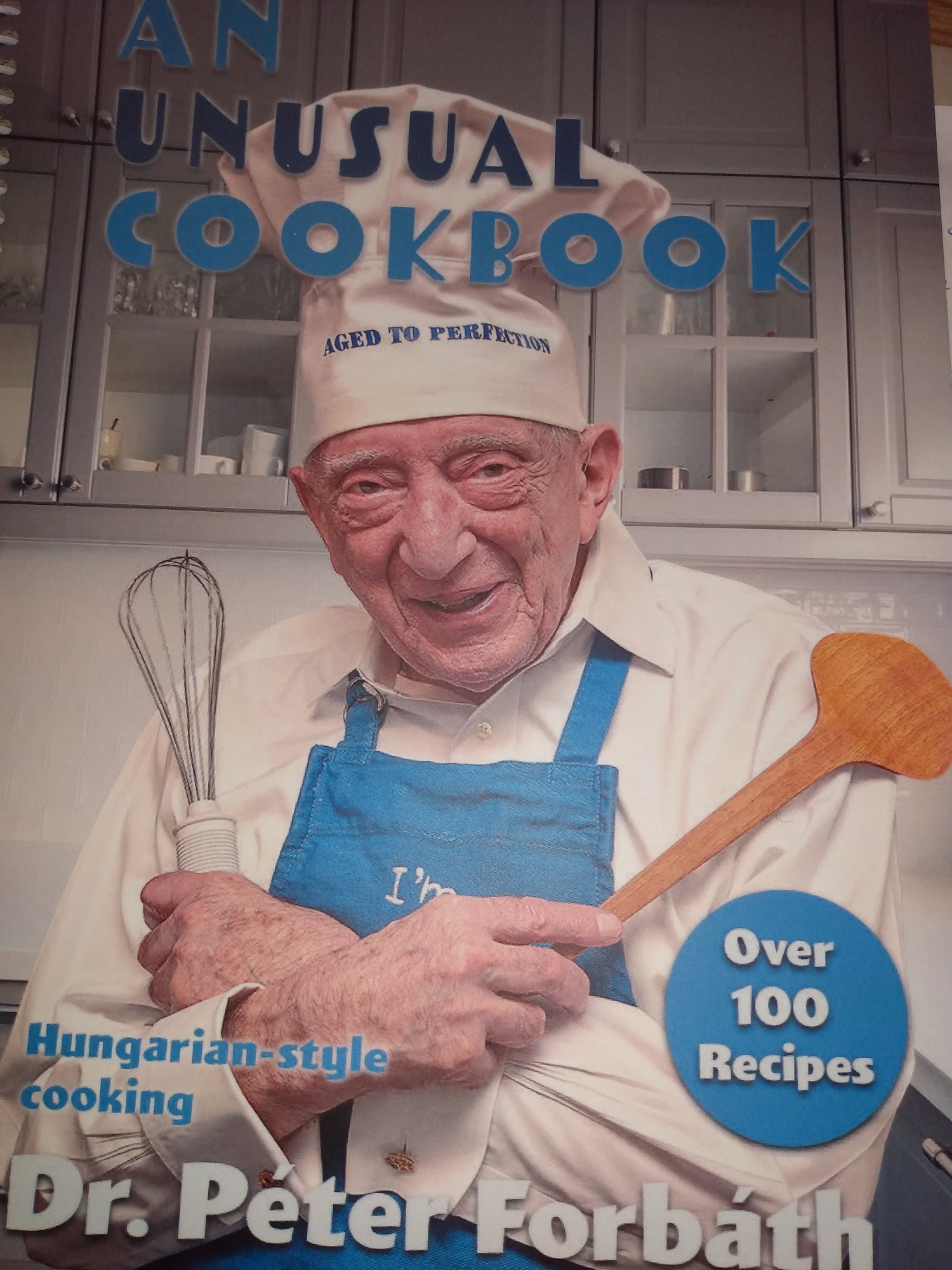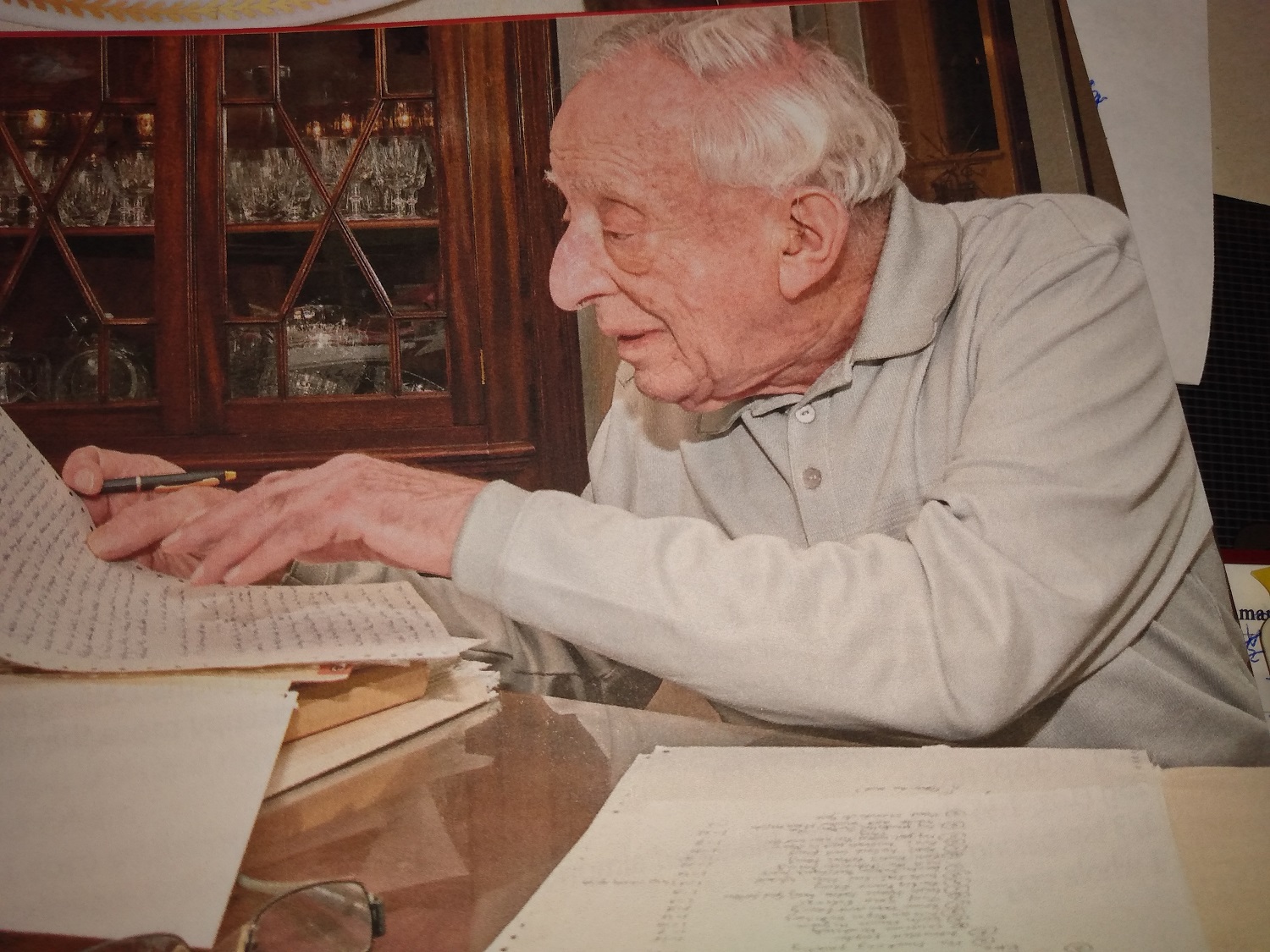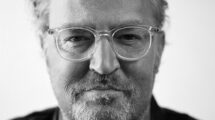After a stellar career in pediatrics and cardiology, Dr. Peter Forbath is now a cookbook author at age 98
By Iris Winston
“I know how to do that.”
 The year was 1957 and Dr. Peter Forbath, at that time a junior intern at St. Michael’s Hospital in Toronto, was talking about heart catheterization, a technique he had learned while practising medicine in his native Hungary.
The year was 1957 and Dr. Peter Forbath, at that time a junior intern at St. Michael’s Hospital in Toronto, was talking about heart catheterization, a technique he had learned while practising medicine in his native Hungary.
His knowledge of the specialized procedure meant that this patient, a young adult with congenital heart disease, did not have to be transferred to Toronto General Hospital, in the 1950s the only hospital in the region with a cardiac catheterization laboratory. It also meant the Hungarian doctor was destined to remain on staff at St. Michael’s after completing the requalification period and examinations required of immigrants with medical qualifications from other countries.
This was just one of the fortuitous events that propelled a long, stellar career in pediatrics and cardiology, despite his being caught up in the Hungarian Revolution of 1956 and being forced to leave his homeland.
The uprising, which began as a spontaneous student protest against the government of the Hungarian People’s Republic and policies imposed by the Soviet Union, was crushed by troops from the USSR. Thousands were killed and close to 250,000 Hungarians fled the country.
A number of the medical practitioners among those who escaped settled in Ontario. As well as completing a two-year internship in a hospital approved by the provincial College of Physicians and Surgeons, speaking English gave candidates a better chance of being appointed to permanent positions. Peter, who had been educated in Debrecen, Hungary, had chosen to study English, at his physician father’s suggestion, as well as German, Latin and classical Greek.
In addition, he had had some unusual experiences early in his medical career. For example, just six weeks after he had completed his degree in medicine in 1949, cardiologist Dr. Renee Fono asked him to be part of her cardiology team.
“That was the first modern cardiology department working behind the Iron Curtain,” recalls Peter, who many years later was honoured with the prestigious Hungarian Order of Merit for his work as part of that group. “That was where I learned catheterization, but when Dr. Fono invited me to participate, I had to ask her to explain it to me as I had never even heard the word before.”
 His early specialization was in pediatrics, rather than cardiology. The two specialties were allied, he explains, because congenital heart disease was first treated in young patients by Dr. Helen Taussig, a groundbreaking pediatrician in the U.S.
His early specialization was in pediatrics, rather than cardiology. The two specialties were allied, he explains, because congenital heart disease was first treated in young patients by Dr. Helen Taussig, a groundbreaking pediatrician in the U.S.
His skills in both areas of medicine led to Peter’s being made the first cross-appointment to St. Michael’s and St. Joseph’s hospitals, both run by the same order of nuns, the Sisters of St. Joseph. At St. Michael’s, Peter was part of the cardiology department and founder of the cardiology laboratory. At St. Joseph’s, he became head of the pediatric department and founder of the Just For Kids clinic. His growing reputation led to his becoming a professor at the University of Toronto for much of his career. He was also part of the team assigned to care for Pope John Paul when he visited Canada and to look after a Hungarian cardinal who travelled from coast to coast when he visited this country.
For decades, Peter practised both specialties in Toronto to great acclaim. For over 30 years, he also travelled north to Timmins to treat patients there, because, he says, there was no cardiologist and he was needed.
Now, at 98, he says he is fully retired, but stepping back happened in stages. Retirement at 65 was mandatory at the University of Toronto, so in 1990 he stopped teaching. However, he continued his work at both hospitals and in Timmins until he was well into his 80s.
Today, he takes time for such things as enjoying his collection of artworks and translating old family recipes into English. A collection was recently published by his church, making him a cookbook author too. It’s just one extra achievement to add to his many accomplishments as a highly respected physician in his adopted county.






